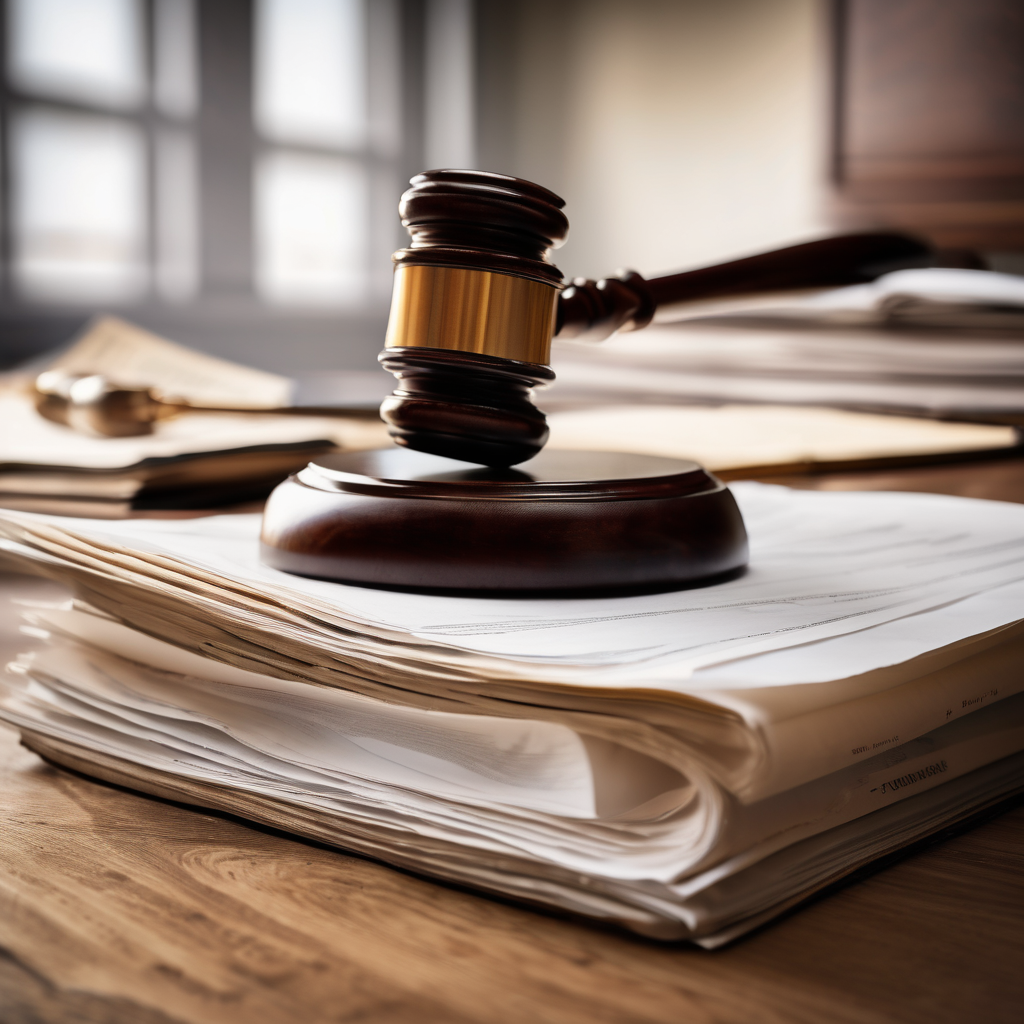More than three months after the dismissal of Justin Baldoni’s $400 million defamation lawsuit against Blake Lively, the New York Times, Ryan Reynolds, and others, the newspaper is now seeking approximately $150,000 in legal fees and damages. This request follows a September 30 filing in New York state court, where the Times asserts that Baldoni and his Wayfarer Studios initiated and continued the lawsuit without a substantial basis.
Originally, Baldoni filed a $250 million lawsuit against the Times, which then became part of a countersuit involving Lively, her husband Reynolds, and publicist Leslie Sloane. This countersuit stemmed from sexual harassment and retaliation allegations that Lively brought to the California Civil Rights Department late last year, ahead of a lawsuit filed on New Year’s Eve. The Times published a detailed article about Lively’s allegations shortly after receiving the complaint.
In June, Judge Lewis Liman dismissed Baldoni’s countersuit in a comprehensive 132-page ruling, which commented on the adequacy of journalistic ethics. Although Baldoni was given the opportunity to file an amended complaint, he ultimately chose not to proceed with it. The court emphasized that statements made in the Times’ article, based on Lively’s CRD complaint, were protected under New York’s fair report privilege and were not made with actual malice.
As depositions and discovery are currently underway, Lively’s case against Baldoni and Wayfarer is scheduled to go to trial on March 9, 2026. While the Times seeks to defend its journalists, its Communications SVP, Danielle Rhoades Ha, stated that the suit aims to obtain reimbursement for legal fees from what they allege to be a frivolous lawsuit designed to silence them.
In response, Baldoni’s lead attorney, Bryan Freedman, contended that the pursuit of truth should not be stifled by powerful entities, asserting that their commitment to justice remains unwavering despite the challenges they face. He argued for a reevaluation of what justice means in the context of this legal battle.
The article highlights ongoing tensions in the legal system concerning media and celebrity. As the case unfolds, it underscores broader issues of power dynamics and the responsibility of narratives in public discourse, fostering a hopeful perspective on the importance of truth in journalism amidst adversity.
